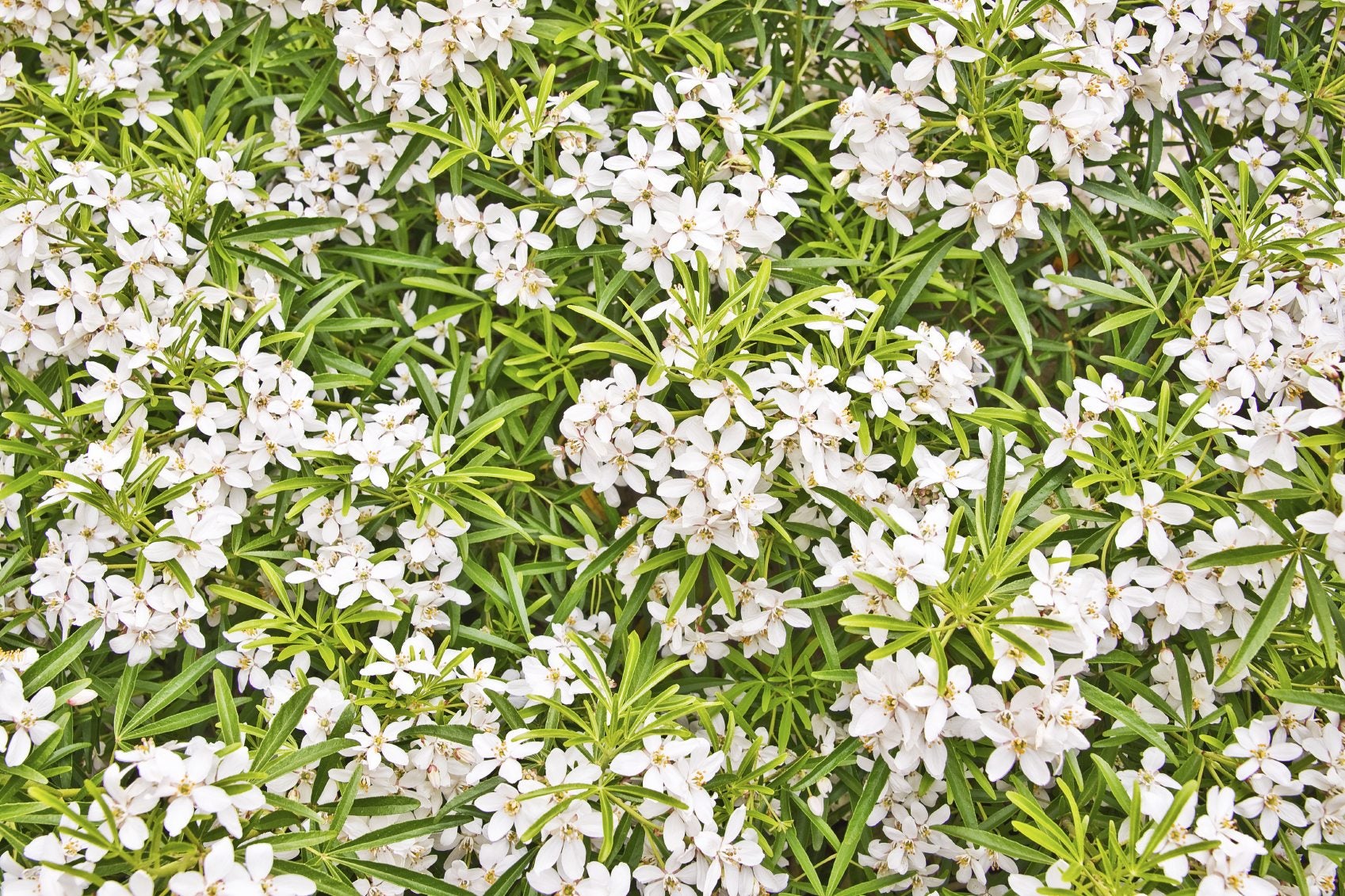Choisya Shrub Care: Learn About Choisya Shrub Planting


If you are looking for tough, water-wise shrubs for your garden, consider choisya plants. Choisya ternata, also called Mexican orange, is an evergreen shrub that bears clusters of fragrant, star-shaped flowers. Choisya shrub care is easy. Read on to find out how to grow choisya.
About Choisya Plants
Choisya shrubs are fast-growing bushes, beloved by gardeners and bees for their star-shaped flowers. Choisya plants blossom in late winter or early spring and hold onto their flowers through fall. Blossoms smell lightly of citrus fragrance and attract lots of bees. They are drought-resistant once established and resist deer too. The leaves of the choisya grow in groups of three at the ends of branches. These bushes grow up to 8 feet (2.4 m.) tall, and make excellent hedges and privacy screens. They also look great planted together in a border or against a wall.
How to Grow Choisya
The ideal choisya shrub planting area depends on whether your climate is cool or warm. If you live in a cooler region, your choisya shrub planting should occur in full sun. In warm areas, the plants grow well in light or dappled shade, where irregular shadows of tall tree canopies cover about half of the sky. If you plant choisya in too much shade, the plants look spindly and do not flower well. Choisya shrub care is much easier if you grow the shrubs in well-drained, acidic soil. They do not do well in alkaline soil. Fertile soil is best. When it comes to planting choisya plants, first add well-rotted manure or organic compost to the soil and work it in well. Dig a hole for each plant, then set the plant in it. Place the root ball so that its top is level with the garden soil. Add soil around the edges of the root ball, then press it into place. Water immediately after planting to firm the soil.
Pruning Choisya Shrubs
Don’t worry too much about pruning choisya shrubs. These evergreens have no special pruning needs, but you can prune the plants to the size you want after they are established. If you prune out older branches, it encourages new shoots to grow.
Sign up for the Gardening Know How newsletter today and receive a free copy of our e-book "How to Grow Delicious Tomatoes".

Teo Spengler is a master gardener and a docent at the San Francisco Botanical Garden, where she hosts public tours. She has studied horticulture and written about nature, trees, plants, and gardening for more than two decades, following a career as an attorney and legal writer. Her extended family includes some 30 houseplants and hundreds of outdoor plants, including 250 trees, which are her main passion. Spengler currently splits her life between San Francisco and the French Basque Country, though she was raised in Alaska, giving her experience of gardening in a range of climates.